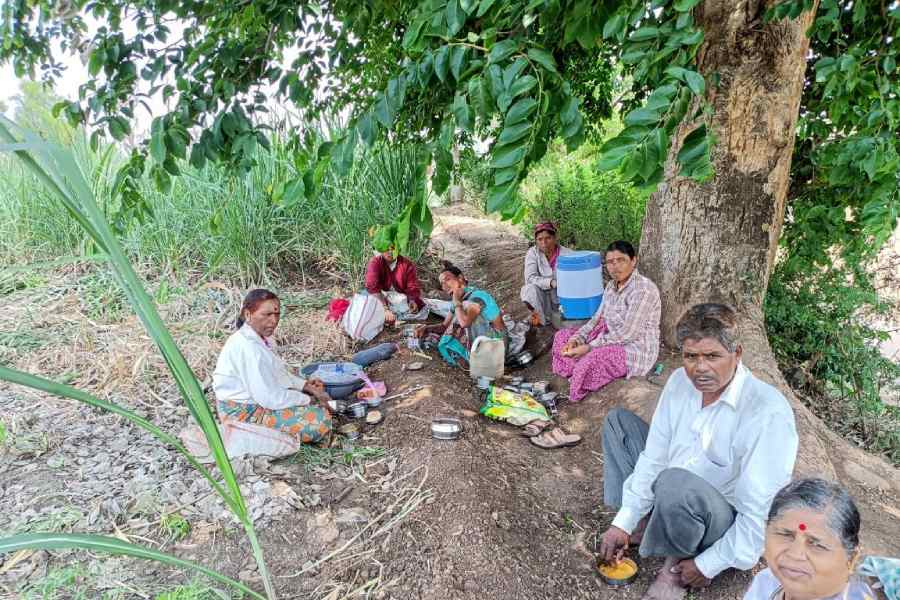The gang rape of a woman in a Delhi bus on December 16, 2012 is seen, for many reasons, as a watershed moment in the discourse of crimes against women and relevant deterrence. A decade is perhaps an adequate time to take stock of the situation. A year after the horror, the rape law was amended — the definition of sexual assault was expanded, the quantum of punishment for rape increased, the unscientific ‘two-finger test’ discontinued, and filing police complaints made less bureaucratic — at least on paper. Almost ten years on, 4,28,278 cases of crimes against women were registered in 2021, according to the National Crime Records Bureau, almost double when compared to the 2,44,270 reported cases in 2012. These are just official figures. The ground reality could be far worse because sexual crimes often go unreported owing to shame, ostracisation, fear of perpetrators, and an expensive, long-drawn-out and often fruitless legal process. After 2012, a dedicated corpus called the Nirbhaya Fund was established, partly to get rape victims easy access to justice — 30% of this fund remains unutilised; in Maharashtra, the money was used to provide security to legislators. The conviction rate of rape cases stood at a poor 28.6% in 2021. This can be attributed to institutional warts: poor investigation, procedural flaws that weaken prosecution and so on. Combined with institutional failures is the attendant social regression: rapists being asked to marry their victims by quasi-judicial authorities is not unheard of; these days, there seems to be tacit political support for certain instances of transgression — Bilkis Bano’s tryst for justice is a case in point. The popular endorsement for instant retribution — the death penalty remains in place in India — is an outcome of larger failures.
NCRB data also throw up a more potent source of threat — the home — but the law remains non-committal. Even though 32% of all crimes against women were committed by their husbands, there is a dogged refusal to address, even recognise, marital rape. The regression on women’s safety is also evolving. India saw a 45% increase in rapes of Dalit women and girls between 2015 and 2020, many of these were punishments for ‘violating’ caste lines. An NGO working to provide legal aid to rape survivors has noted that the nature of the crime itself has changed — the rise in gang-rapes bears evidence of the transformation. Things have certainly changed in 10 years — but for the worse.










